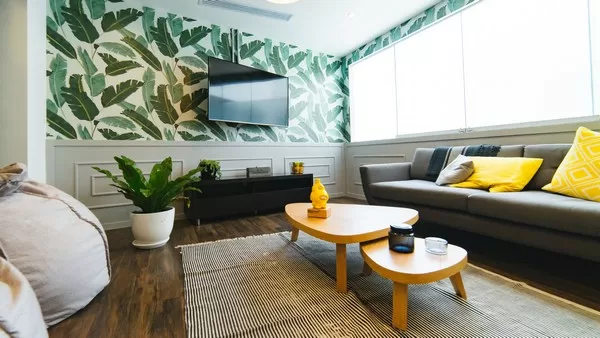Go Green or Go Home? The Eco-Friendly Home Buying Decision

In recent years, the concept of ‘green’ homes has gained increasing popularity in India. As people become more environmentally conscious, demand has grown for homes built using eco-friendly design, materials, and features that promote energy efficiency and sustainability.
But is a green home right for you? Here are some key factors to consider when deciding on this:
Cost
Yes, green homes typically cost 10–15% more up front compared to conventional homes. On an average, developers incur this extra cost to incorporate moderate green building features. For more advanced sustainability goals, the premiums can go up to 20-30%. The premium pays for specialized design, energy-efficient appliances and lighting, solar panels, improved insulation, water conservation systems, and other green features. However, homeowners can recover the extra costs through utility bill savings within 5 years in most instances.
Energy Savings
A major benefit of green homes is lower monthly electricity and water bills. Energy-efficient design and fixtures such as LED lights, star-rated ACs, and appliances can reduce electricity consumption by 30–50%. Solar panels can further reduce reliance on grid electricity. Eco-friendly plumbing fixtures, rainwater harvesting systems, and wastewater recycling can cut water usage by 30–40%.

Healthier Indoor Air Quality
Green homes emphasize natural ventilation and daylight through thoughtful design. They avoid harmful materials like asbestos, lead, and volatile organic compounds in paints, carpets, and furniture. This results in cleaner indoor air quality and benefits the health of residents.
A Future-Proofed Investment
With climate change and pollution on the rise, green homes are a future-proof investment. As environmental regulations get stricter, conventional homes may need expensive retrofits sooner or later to become eco-friendly. Green homebuyers avoid this major expense. Higher demand from eco-conscious buyers also means stronger resale value.
Hidden Benefits of Green Homes
While the above advantages to certified green homes are well known and much talked about, there are also some less obvious benefits to owners of such homes that are not well known but bear mentioning.
– Enhanced durability: Sustainable construction emphasizes quality materials and weather-resistant building techniques. This enhances the home’s durability and longevity.
– Lower moisture and mold: Careful moisture control and management in green homes prevents mold, which can cause health issues, especially in a tropical country like India, which has an annual rainy season.
– Higher pest resistance: Tight construction and the use of pest-resistant materials reduce pest infestation risks.
– Reduced noise from outside: The construction materials and techniques used in green homes ensure significantly superior insulation and noise-blocking qualities over regular homes. The reduction of outdoor noise has obvious advantages in Indian metropolitan cities.
– Lower maintenance: Durability of materials and efficient systems reduce long-term maintenance costs.

The Green Home Experience
All the technicalities aside, how does living in a green home actually feel in experiential terms?
It feels uplifting, peaceful, healthy, and responsible. Abundant natural light and fresh air from daylighting and ventilation make the indoor environment feel more open, clean, and energizing.
Passive heating, cooling, and humidity control create a uniform blanket of comfort without cold or hot spots in the home. The effective insulation and noise barriers create a peaceful quietness indoors. The presence of greenery around you provides a visual connection with nature.
The cleaner air and absence of toxic materials provide a general sense of health and safety. Quality construction and materials make the home feel sturdy and built to last for generations. And finally, it feels responsible and ethical. Knowing the home you live in is sustainable and that you’re ‘living lightly’ on the earth feels morally fulfilling.
Green certification is not an absolute requirement for a housing project to be sustainable. It can incorporate green design and features without going through a formal certification process. The buyer can judge the project’s overall eco-friendliness by the the availability of project-level features like the use of solar panels, rainwater harvesting, and waste water treatment.
At the individual unit level, look for aspects like smart home features, low-flow flush toilets, and high-efficiency electric appliances. These are reliable indicators that the project has been conceived on sustainable lines.
So, is a green home worth it? Judge for yourself and your family—and also for the planet and its future generations.
About the Author:

Akash Pharande is Managing Director – Pharande Spaces, a leading real estate construction and development firm famous for its township projects in West Pune and beyond. Pharande Promoters & Builders, the flagship company of Pharande Spaces and an ISO 9001-2000 certified company, is a pioneer of townships in West Pune.







